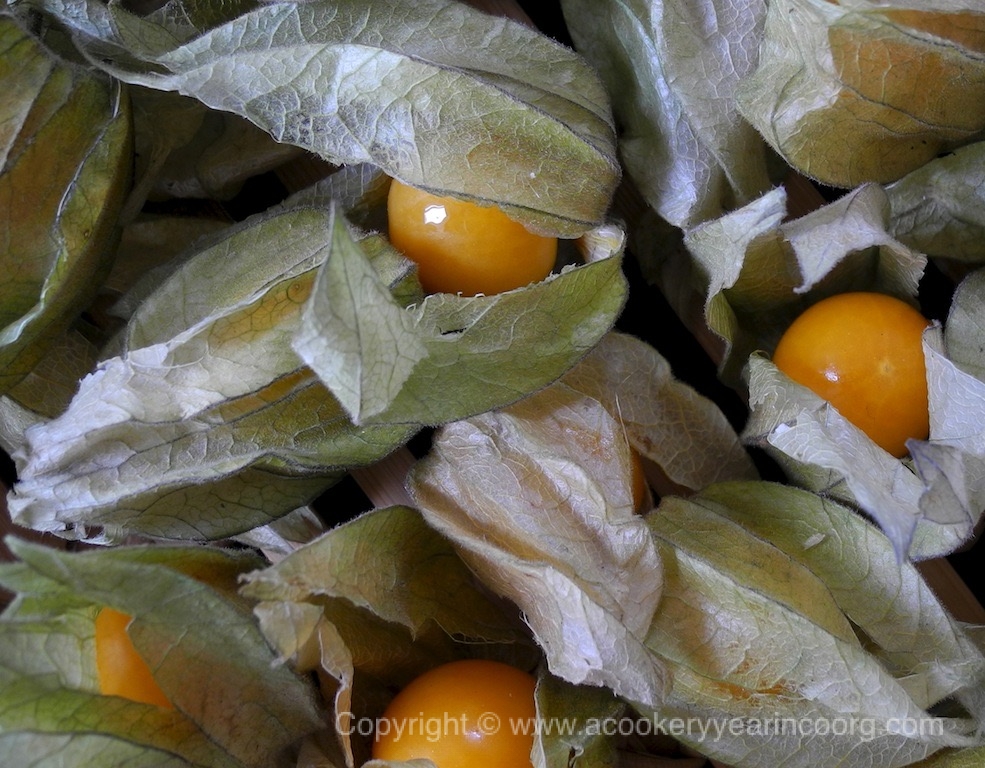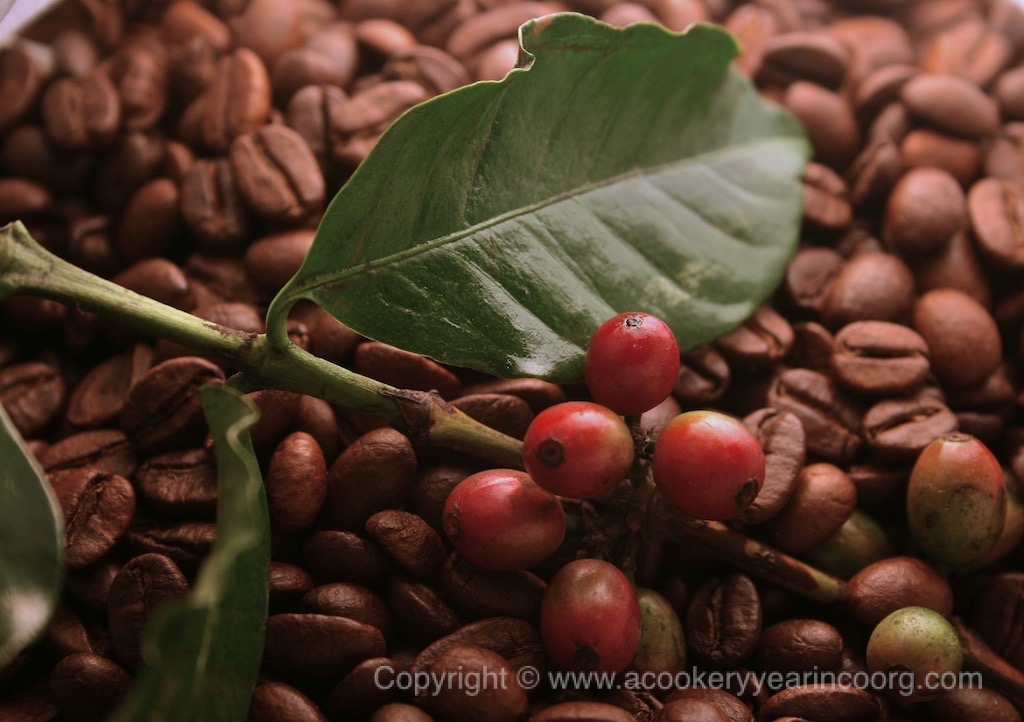It’s a long way from Colombia to British Columbia, and that’s how far the little tubs of cape gooseberries I bought recently have travelled to the local supermarket shelves.
Native to South America, Physalis peruviana has travelled much further afield, over the centuries, acquiring new names and admirers along the way. A stopover on the Cape of Good Hope, in South Africa, is apparently responsible for their commonly being referred to as “cape” gooseberries. Whatever route they took to make their way into Coorg, where they were christened goomatté pann in the Kodava language, these luscious berries have played a starring role in many a childhood adventure.
Just ask someone who grew up in Coorg. Chances are, their face will light up at the mention of goomatté, and you will be treated to rapturous accounts of how eagerly they sought out these golden treasures as children. In time-honoured fashion, the best finds were to be made when loitering on the way to or from school. Berry hunters had to be alert to competitors – from fellow “bench mates” at school, to beady eyed birds. They would map the location and fruit-worthiness of the rambling shrubs, and keep an eye out for signs that someone else might be checking on them too.


